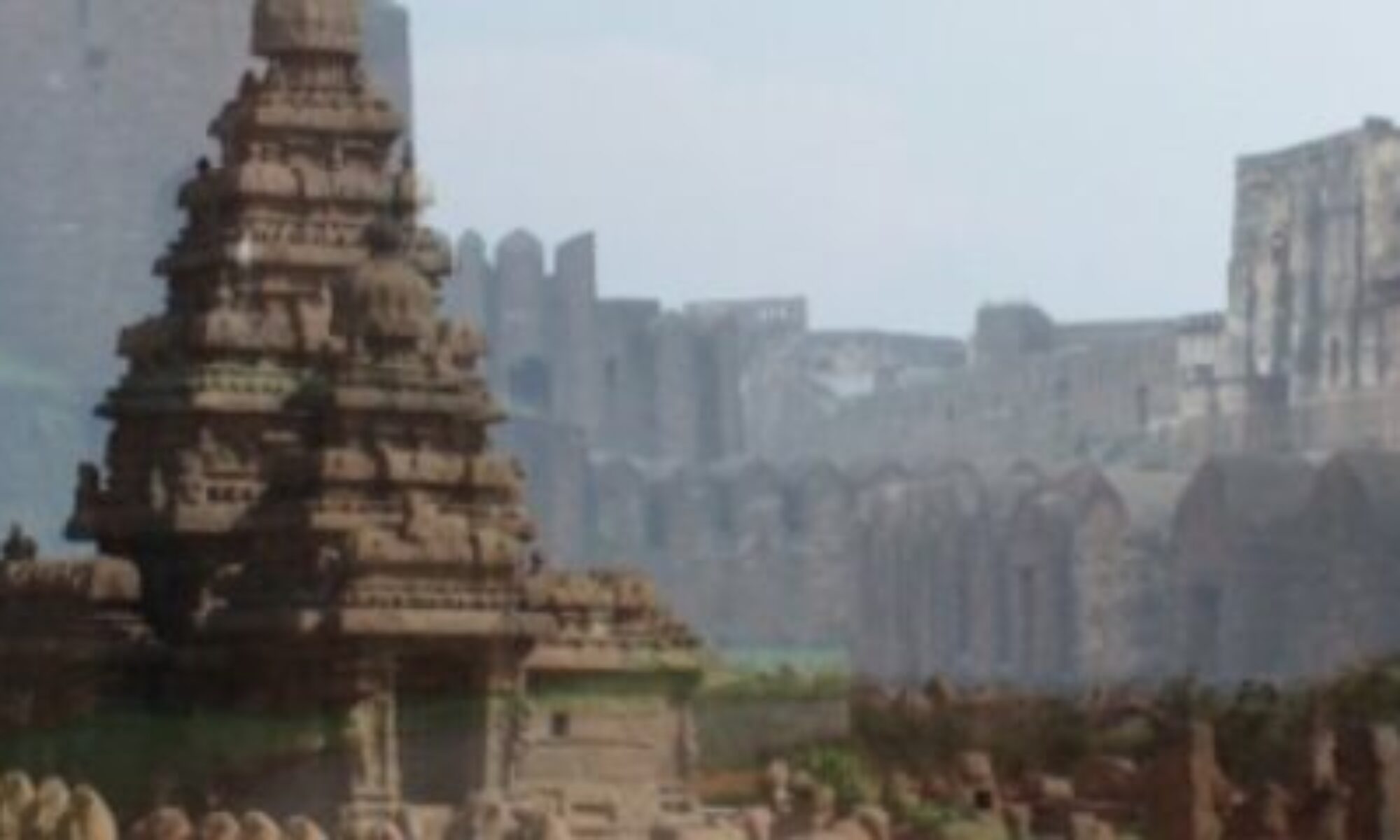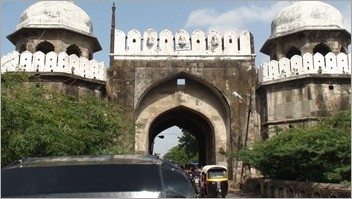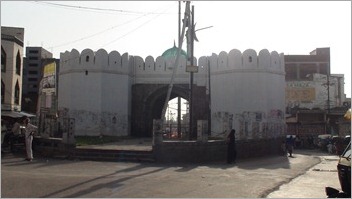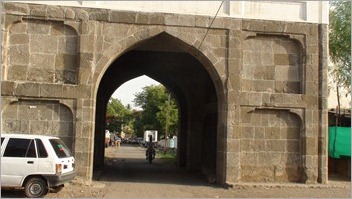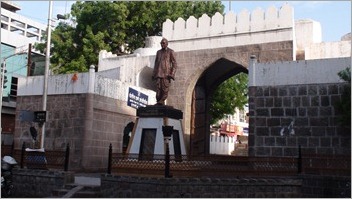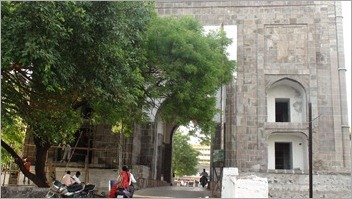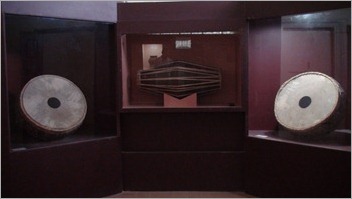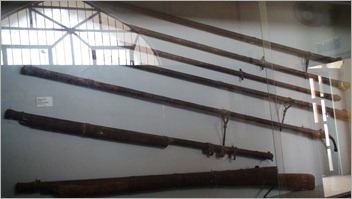Today’s Aurangabad is mostly Muslim population owing to the centuries old rule by Mughals and other rulers. The legacy has been excellently preserved over the years. There are a couple of very good museums which house a variety of artifacts dating pre-historic to modern times. The legacy of the Mughal rule continues to this day with the various monuments constructed during that time. As we all know the invasion of the area was first started by Mohammed Bin Tughlaq and later by Aurangzeb. Till that time, Aurangabad was under the rule of Nizam Shah of Ahmednagar.
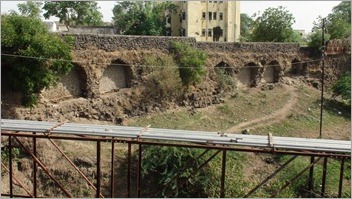 Today, a series of fortified walls with bastions at some places can be found. As Aurangabad does not have any fort, I assume that these are the outer walls of the region that comes under the rulers of Daulatabad. There are various gateways all across the city. It is said that there are 52 of them. However, I could only visit some, most important of them are The Makai Darwaza, The Mahmood Darwaza, The Bhadkal Darwaza, The Delhi Darwaza and The Islam Darwaza. Here is should specifically mention about two of them.
Today, a series of fortified walls with bastions at some places can be found. As Aurangabad does not have any fort, I assume that these are the outer walls of the region that comes under the rulers of Daulatabad. There are various gateways all across the city. It is said that there are 52 of them. However, I could only visit some, most important of them are The Makai Darwaza, The Mahmood Darwaza, The Bhadkal Darwaza, The Delhi Darwaza and The Islam Darwaza. Here is should specifically mention about two of them.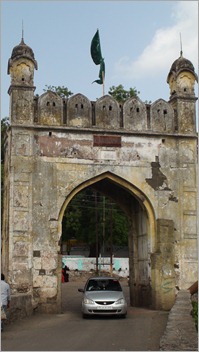
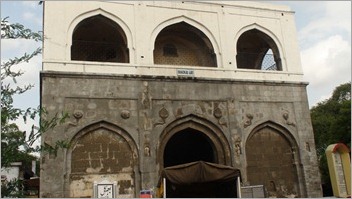 The Bhadkal Darwaza is very popular in the city due to its old and massive structure constructed in the very center of the city. This is the biggest gate in the Deccan, constructed in the year 1161 A.D. The original name of this gateway is “Bharkul” which means victory. History of this gate tells a story of a Mughal governor of Gujarat, Abdullah Khan, who attacked the Nizam Shahi kingdom, but was defeated by a brave general, Malik Ambar. This gate was probably erected to celebrate that defeat.
The Bhadkal Darwaza is very popular in the city due to its old and massive structure constructed in the very center of the city. This is the biggest gate in the Deccan, constructed in the year 1161 A.D. The original name of this gateway is “Bharkul” which means victory. History of this gate tells a story of a Mughal governor of Gujarat, Abdullah Khan, who attacked the Nizam Shahi kingdom, but was defeated by a brave general, Malik Ambar. This gate was probably erected to celebrate that defeat.
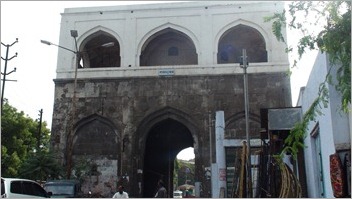 It is an independent gate, where its architecture is completely different than any other gates constructed during that period. The pattern of ribbed vault was introduced in this gateway. The whole mass of the roof is based on eight pillars. The surface must have been coated with lime plaster earlier, which has vanished except of the first floor. During Aurangzeb’s victory over the Deccan, he ordered the construction of a fortified wall with bastions This is a State Government Protected Monument.
It is an independent gate, where its architecture is completely different than any other gates constructed during that period. The pattern of ribbed vault was introduced in this gateway. The whole mass of the roof is based on eight pillars. The surface must have been coated with lime plaster earlier, which has vanished except of the first floor. During Aurangzeb’s victory over the Deccan, he ordered the construction of a fortified wall with bastions This is a State Government Protected Monument.
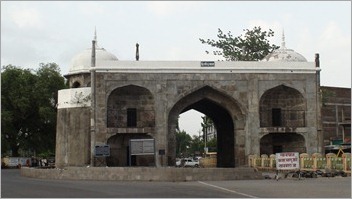 The Delhi Darwaza is one of the strategic gates of Aurangabad. Built by Aurangzeb, t
The Delhi Darwaza is one of the strategic gates of Aurangabad. Built by Aurangzeb, t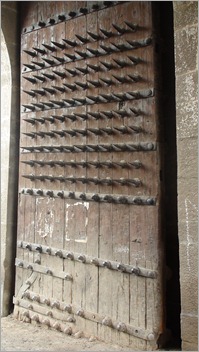 his is remarkable not only for its size but also appears attractive than the other gates in the Deccan, so far. Through this gate, Aurangzeb marched towards Delhi to revolt against his father, Shah Jahan. This gate has another importance that in March 1666, the great Maratha warrior Shivaji, accompanied by Sambhaji and a troop of one thousand soldiers, marched to Agra on Aurangzeb’s invitation.
his is remarkable not only for its size but also appears attractive than the other gates in the Deccan, so far. Through this gate, Aurangzeb marched towards Delhi to revolt against his father, Shah Jahan. This gate has another importance that in March 1666, the great Maratha warrior Shivaji, accompanied by Sambhaji and a troop of one thousand soldiers, marched to Agra on Aurangzeb’s invitation.
The gate is a two storeyed structure, having two octagonal bastions on each side and a pointed arch in between. The door of this arch is fitted with iron spikes which are intact even today. The bastions have rectangular gun points in the first floor followed by an octagonal battlement and eight pillared chatri with a dome ceiling This is also a State Protected Monument.
Let us visit two more important locations in the city.
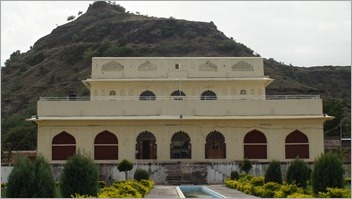 Soneri Mahal, the golden palace is situated on the outskirts of the main Aurangabad city, inside the campus of the B.R. Ambedkar Marathwada University. It is the middle of a scenic beauty with a backdrop of the Satara mountain range. This building made of stone and lime has wild luxuriant pastures, which add to its grandeur. The palace gets its name from the paintings made in pure gold water which adorn its interiors.
Soneri Mahal, the golden palace is situated on the outskirts of the main Aurangabad city, inside the campus of the B.R. Ambedkar Marathwada University. It is the middle of a scenic beauty with a backdrop of the Satara mountain range. This building made of stone and lime has wild luxuriant pastures, which add to its grandeur. The palace gets its name from the paintings made in pure gold water which adorn its interiors.
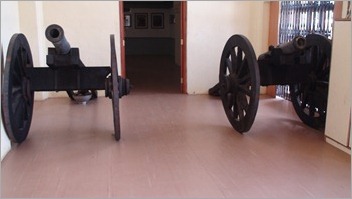 This monument was built by a Bundelkhand chief, Paharsingh who accompanied Aurangzeb to the Deccan during his invasion. After being loyal to the Mughals for quite some time, Paharsingh established his way over this region in 1651. Later on, Soneri Mahal became the residence of Paharsingh. This evidence is also supported by the tomb of Lala Hardaul, who was his step-brother. It is said that it took 50,000 rupees in 1652 for the construction of
This monument was built by a Bundelkhand chief, Paharsingh who accompanied Aurangzeb to the Deccan during his invasion. After being loyal to the Mughals for quite some time, Paharsingh established his way over this region in 1651. Later on, Soneri Mahal became the residence of Paharsingh. This evidence is also supported by the tomb of Lala Hardaul, who was his step-brother. It is said that it took 50,000 rupees in 1652 for the construction of 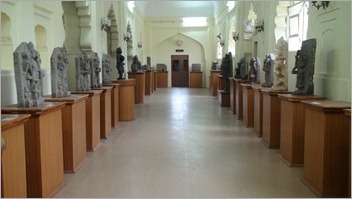 this building, however, it was priced only at 26,400 when it was sold to the Nizam of Hyderabad by the then Raja Mahendra Virsinghdev Bahadur.
this building, however, it was priced only at 26,400 when it was sold to the Nizam of Hyderabad by the then Raja Mahendra Virsinghdev Bahadur.
The entrance of the palace is dominated by an impressive and imposing gateway and an arched enclosure wall. The building is a two storeyed structure standing on a high plinth. 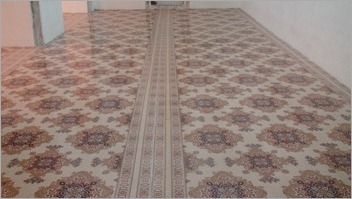 There is a pillared front all with numerous rooms at the back. There are two narrow staircases which lead to the
There is a pillared front all with numerous rooms at the back. There are two narrow staircases which lead to the 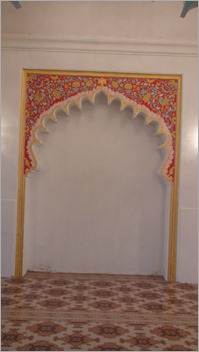 upper levels. The first floor of the palace now houses a small history museum, which has nine galleries displaying antiquities like sculptures, paintings, ornaments, w
upper levels. The first floor of the palace now houses a small history museum, which has nine galleries displaying antiquities like sculptures, paintings, ornaments, w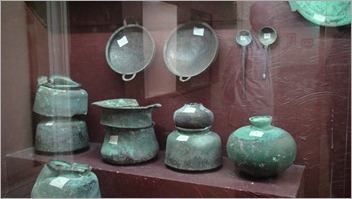 eaponry etc. The Soneri Mahal is now a State Protected Monument.
eaponry etc. The Soneri Mahal is now a State Protected Monument.
Some more images here…
We will see an interesting destination in the next post.
